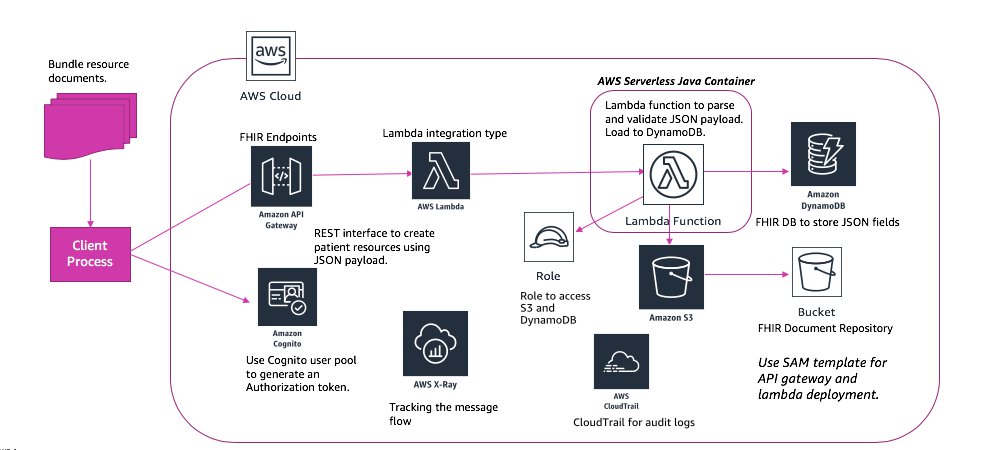AWS Architecture Blog
Category: Amazon API Gateway
Using API Gateway as a Single Entry Point for Web Applications and API Microservices
Introduction The benefits of high availability, scalability, and elasticity that AWS offers has proven to be a boon for Software-as-a-Service (SaaS) providers. AWS has also made it seamless to adopt microservices architectures for modernizing these SaaS applications, as well as providing API-based access for external applications. An API management layer such as Amazon API Gateway […]
Building a Serverless FHIR Interface on AWS
Technology is revolutionizing the healthcare industry but it can be a challenge for healthcare providers to take full advantage because of software systems that don’t easily communicate with each other. A single patient visit involves multiple systems such as practice management, electronic health records, and billing. When these systems can’t operate together, it’s harder to […]
Top Resources for API Architects and Developers
We hope you’ve enjoyed reading our series on API architecture and development. We wrote about best practices for REST APIs with Amazon API Gateway and GraphQL APIs with AWS AppSync. This post will cover the top resources that all API developers should be aware of. Tech Talks, Webinars, and Twitch Live Stream The technical staff at AWS have produced a variety […]
Things to Consider When You Build REST APIs with Amazon API Gateway
A few weeks ago, we kicked off this series with a discussion on REST vs GraphQL APIs. This post will dive deeper into the things an API architect or developer should consider when building REST APIs with Amazon API Gateway. Request Rate (a.k.a. “TPS”) Request rate is the first thing you should consider when designing REST APIs. […]
How to Architect APIs for Scale and Security
We hope you’ve enjoyed reading our posts on best practices for your serverless applications. This series of posts will focus on best practices and concepts you should be familiar with when you architect APIs for your applications. We’ll kick this first post off with a comparison between REST and GraphQL API architectures. Introduction Developers have been creating […]
How to Design Your Serverless Apps for Massive Scale
Serverless is one of the hottest design patterns in the cloud today, allowing you to focus on building and innovating, rather than worrying about the heavy lifting of server and OS operations. In this series of posts, we’ll discuss topics that you should consider when designing your serverless architectures. First, we’ll look at architectural patterns […]
Updates to Serverless Architectural Patterns and Best Practices
September 8, 2021: Amazon Elasticsearch Service has been renamed to Amazon OpenSearch Service. See details. As we sail past the halfway point between re:Invent 2018 and re:Invent 2019, I’d like to revisit some of the recent serverless announcements we’ve made. These are all complimentary to the patterns discussed in the re:Invent architecture track’s Serverless Architectural […]
This Is My Architecture: Mobile Cryptocurrency Mining
In North America, approximately 95% of adults over the age of 25 have a bank account. In the developing world, that number is only about 52%. Cryptocurrencies can provide a platform for millions of unbanked people in the world to achieve financial freedom on a more level financial playing field. Electroneum, a cryptocurrency company located […]
Create Dynamic Contact Forms for S3 Static Websites Using AWS Lambda, Amazon API Gateway, and Amazon SES
In the era of the cloud, hosting a static website is cheaper, faster and simpler than traditional on premise hosting, where you always have to maintain a running server. Basically, no static website is truly static. I can promise you will find at least a “contact us” page in most static websites, which, by their […]
Serverless Architectures with AWS Lambda: Overview and Best Practices
For some organizations, the idea of “going serverless” can be daunting. But with an understanding of best practices – and the right tools — many serverless applications can be fully functional with only a few lines of code and little else. Examples of fully-serverless-application use cases include: Web or mobile backends – Create fully-serverless, mobile […]









